Summer Planning for a Successful Hunting Season
Some of my favorite summer days start with coffee by an alpine lake and end with the smell of campfire and the sounds of laughter. For many outdoor lovers, summer means seeking wild places, sleeping under the stars and making memories with loved ones. With some intention and planning, these summer adventures can double as preseason scouting trips to help master fall’s challenges and to plan for a successful hunting season ahead.
Out-of-season scouting invites family and friends to share your love for hunting. These trips offer a chance for them to learn about a species and explore its habitat without the early mornings, sometimes frigid temperatures, or the pressure of quick in-season decisions and actions. They can spark interest and build confidence for beginners, while allowing seasoned hunters to refine strategy and explore new ground.

Choosing Your Destination
If you have a favorite summer recreation spot, you can start there and check for nearby legal hunting opportunities. Alternately, begin by identifying promising hunting areas and find adjacent spots for camping, fishing, or other activities the group enjoys.
Mapping with OnX Hunt
Regardless of my starting point, my go-to tool for scouting is OnX Hunt, a GPS mapping app that aggregates data from multiple sources. Available on desktop and mobile, OnX lets you layer a diverse selection of data like active wildfires, cell coverage, or drought conditions (free Masterclasses dive into its capabilities). To begin, start with hunting districts (to confirm legal hunting areas) and then look at the public/private land layers.
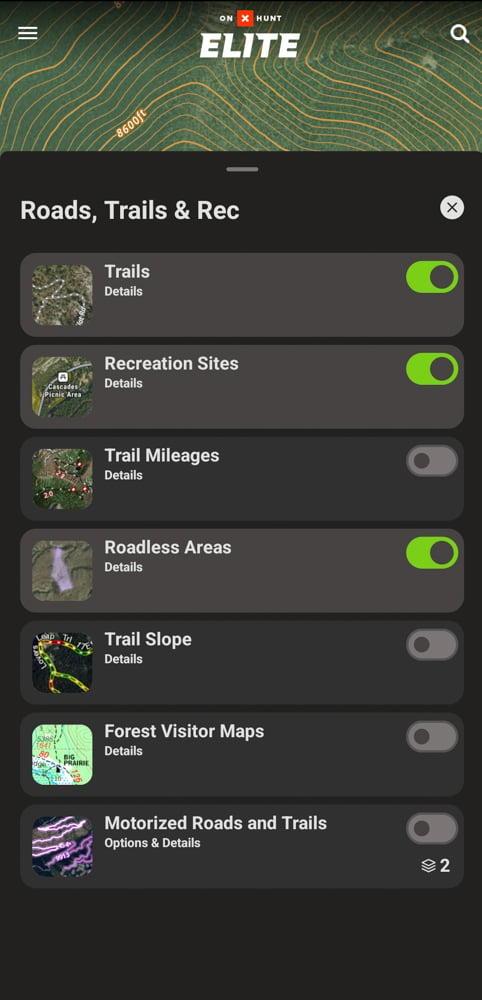

Analyzing Terrain
After selecting an area, study terrain using satellite, topographic, and 3D maps. Focus on accessible areas, noting barriers like steep ridges or water crossings, and identify habitats suited to the target species (my focus is deer and elk, but this strategy can be applied broadly). I’m looking for areas that wildlife might use as travel corridors—narrow draws or valleys that could funnel movement and areas of easeful travel like saddles and ridgelines. I’m also looking for areas to avoid like campgrounds, structures, trails, and roads (OnX’s “Roadless Areas” layer highlights low-disturbance zones) where human activity can send wildlife elsewhere.
Verifying Reliable Access
Once you’ve found some areas of interest, access is critical—can I get to where I want to go? I’ve arrived at hunting spots for the first time only to find unexpected property boundaries with no trespassing signs or roads with too much damage to be passable and have wasted precious in-season time adjusting my plans. OnX is powerful, but it’s not without its limitations—it may miss seasonal road and area closures, new land boundaries, or roads blocked by fallen trees or with use restrictions. It’s only as reliable as its data sources and only as up to date as their most recent update. Hitting the road is sometimes the only way to verify.

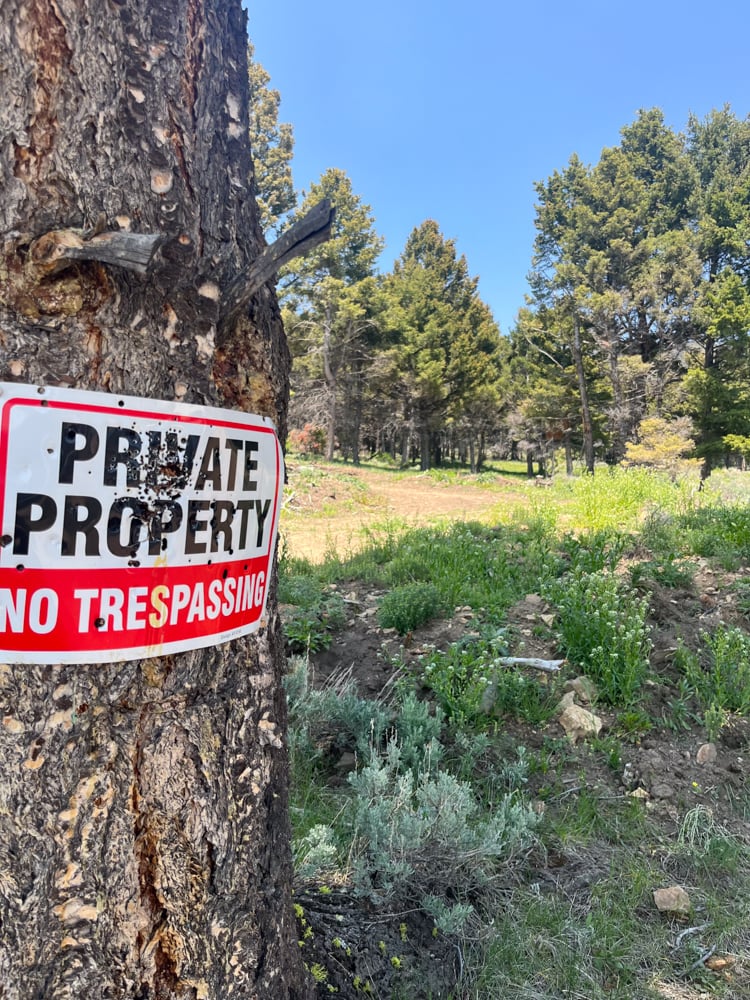
Scouting on Foot
While online tools are invaluable, there’s no substitute for boots on the ground scouting. For example, predators can have big effects on animal behavior, and their presence is something you may only discover in person. In the presence of wolves, elk may be less vocal and more vigilant. They may shift away from better food sources toward safer landscapes, and you may find a population that is more stressed, potentially resulting in fewer calves maturing to adulthood. These conditions could make a hunt more challenging and may guide your decision to hunt elsewhere.
Other situations best unearthed before the season are livestock grazing areas (OnX has a “Grazing Allotment” layer which highlights USFS and BLM areas that could be used for grazing) or terrain with surprise challenges often not seen on the map like a hillside littered with almost impassible deadfall.
Scouting Strategies and Wildlife Signs
Depending on the group’s interest, I may plan to spend the whole day scouting locations or keep it limited to a shorter time frame. Wildlife needs three things to survive: food, water, and cover. I try to find high vantage points like summits or ridgelines to evaluate several drainages and hillsides at once with binoculars or a spotting scope. I mark these spots as waypoints in the OnX app as they’re often good places to revisit in season at dawn when animals start to migrate to their feeding zones. Keep in mind that resources shift as the seasons change. Water sources may dry up before filling again and lush green forage may wither. Having a comprehensive view of the landscape can help to speculate on seasonal movements and preferences.
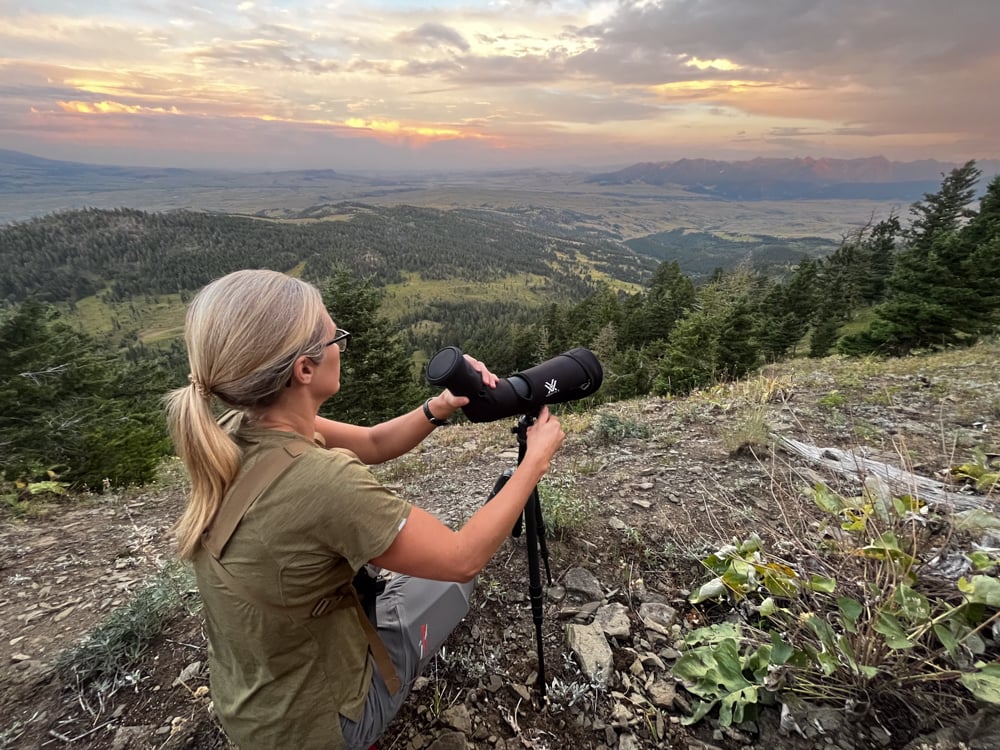

As I move through the wilderness, I am looking for deer or elk sign—tracks, droppings, bedding areas, and any rut (breeding) activity from previous years like rubs where bucks and bulls rake their antlers against a tree—undistrubed, it’s likely they will return to familiar grounds year after year. Additionally, finding antler sheds can be a fun trophy to return home with (although in some areas collecting antlers is prohibited—be sure you understand the regulations ahead of time). For beginners, sheds confirm animal presence, but for more experienced hunters they are indicators of a species’ winter range. Having a picture of where these animals spend each season can help to build a bigger picture of any areas they may pass through and temporarily setting in as they migrate from one location to the next. I continue to mark pertinent details on the map to create a fuller picture of animal behavior.
Exploring Wildfire Recovery
Wildfires reshape habitats (OnX includes a “Historic Wildfire” layer, but this won’t account for controlled burns), and are often good areas to check out. In the period after early recovery the new growth forage is particularly nutrient dense and favored by a host of species (typically between years three and five). Come fall, animals may favor edges where burned areas meet cover. How and when a landscape reaches this sweet post in recovery can vary, and while satellite imagery is helpful here, it can be dated, obscured by cloud cover, or be of too low resolution to really understand the recovery – it’s worth seeing it for yourself.
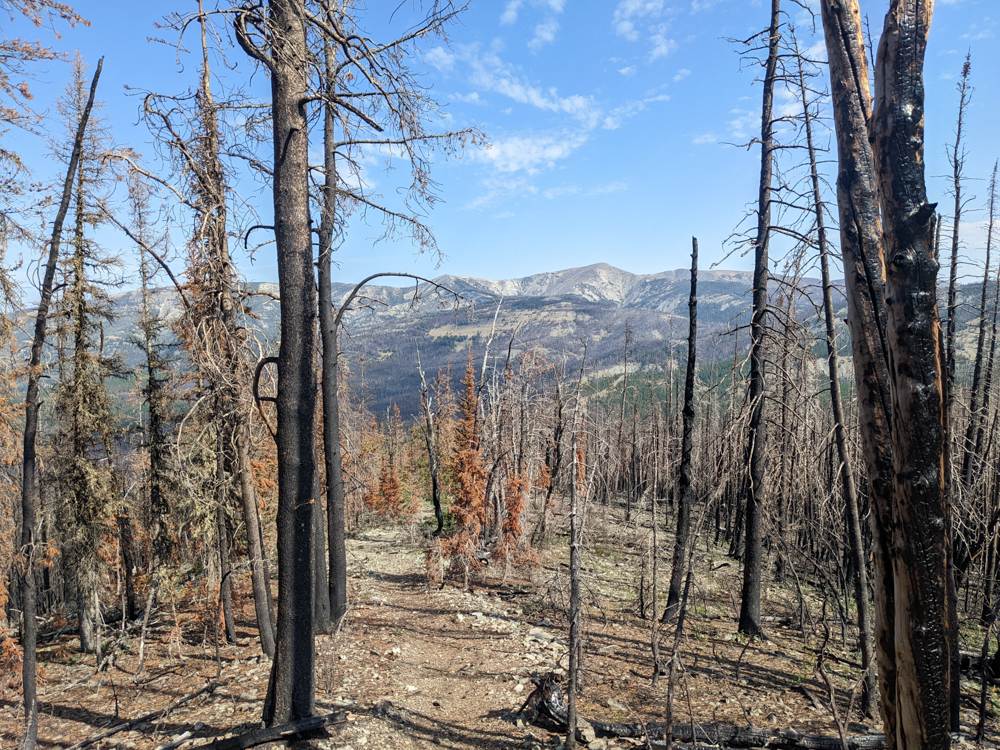
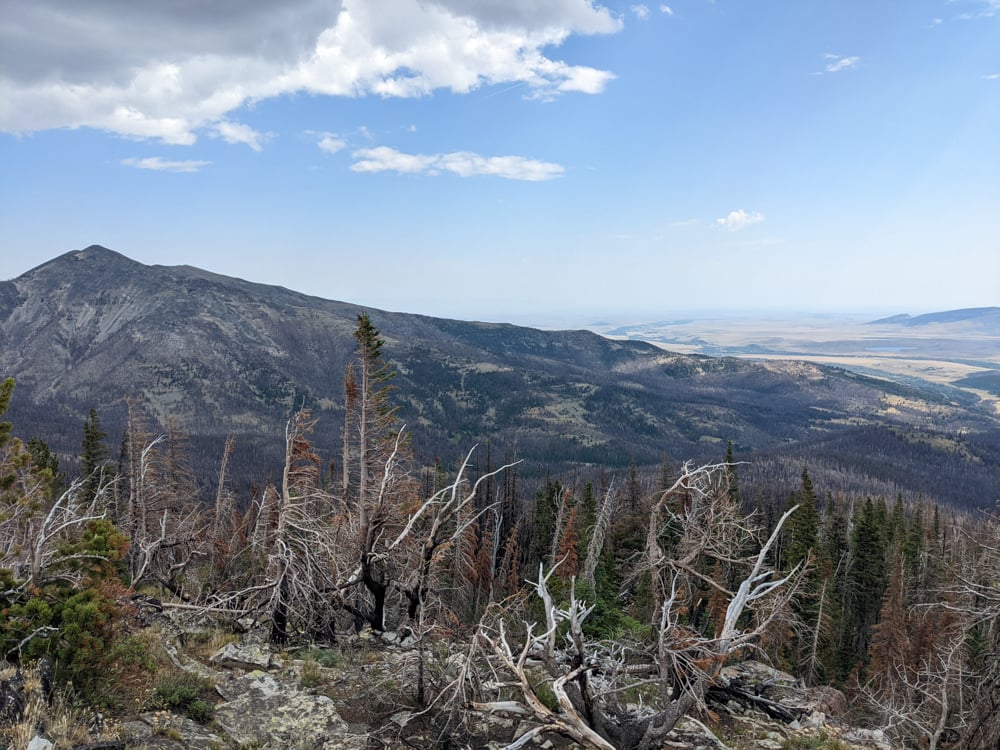
Building Connections Through Scouting
In my experience, friends and family enjoy being involved in your hunting season even if it’s indirectly. Beginners can practice reading deer or elk sign and navigating with tools like onX. Experienced hunters can refine their ability to predict fall movements and craft future plans. After exploring a region, non-hunters are often eager to hear about subsequent trips to familiar terrain and may even ask to join you. Some may find comfort in knowing where you’ll be and understanding that area as you set off on your own in the fall.
Whether I find fertile hunting grounds or not, time spent in wild places with people I love is never time wasted. The memories serve as warm welcome thoughts once the hunting season is over, the freezer is stocked, and the short, cold days of winter persist.
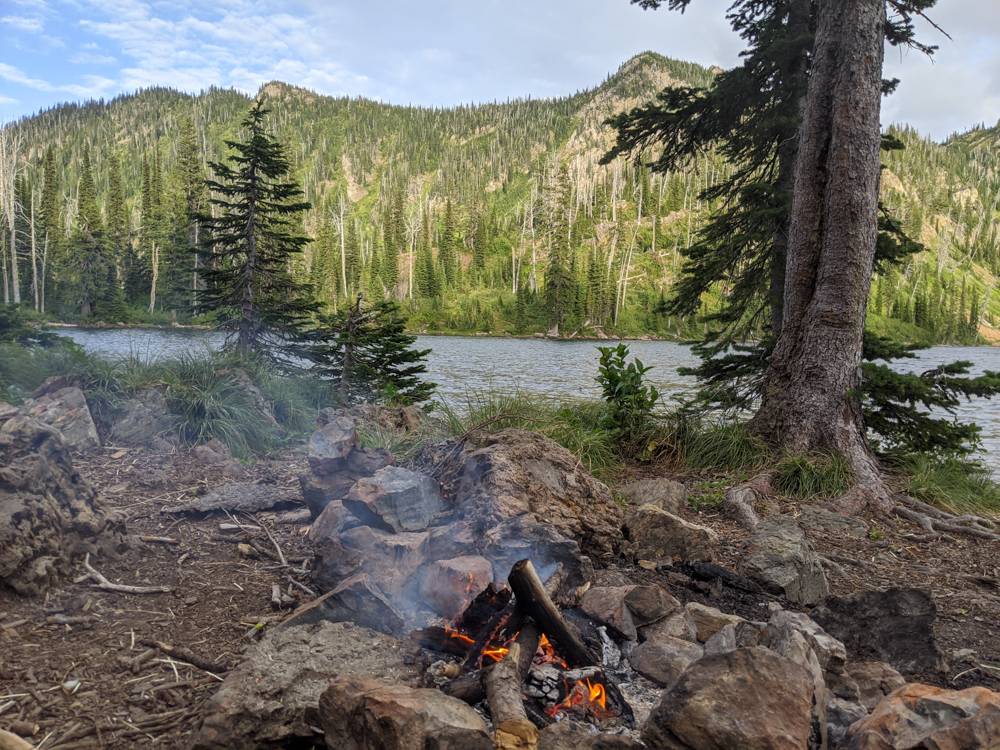
About the Gear Tester

Lauren Whiddon
Lauren is happiest waking up next to an alpine lake, snacking at the summit, floating down a river, and chasing bulls and bucks in Montana's vast wilderness. When not romping around outdoors, Lauren builds websites, teaches yoga, and volunteers on an organic farm. You can find her on Instagram @laurenrose_mt.
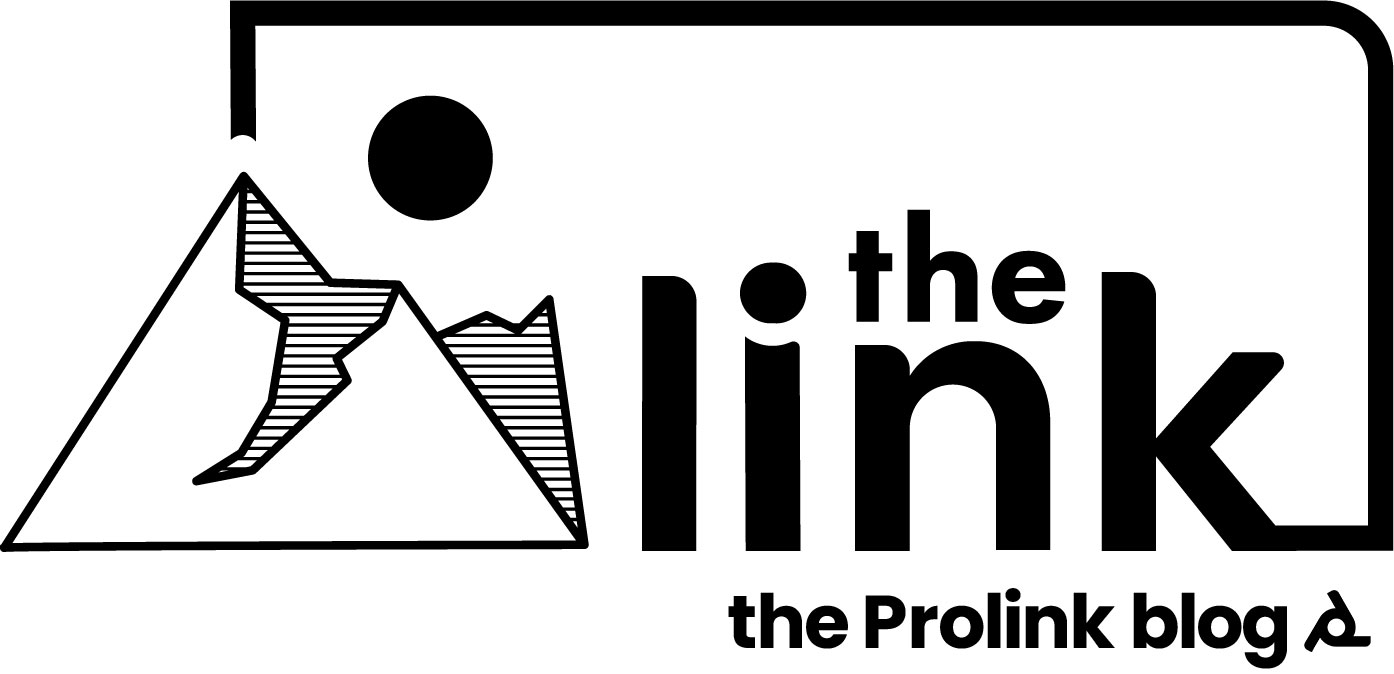
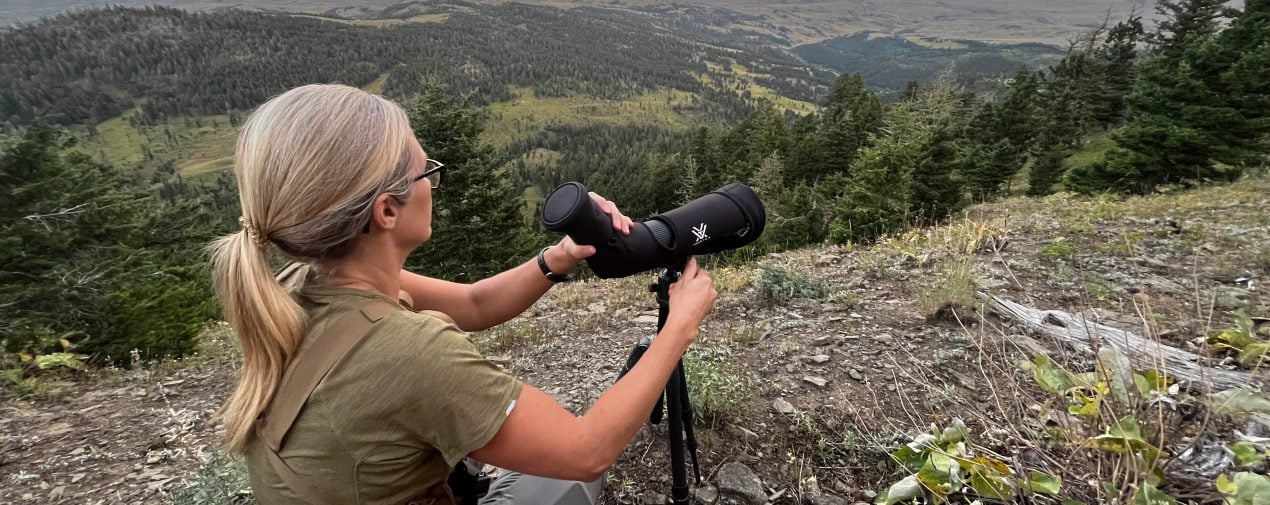
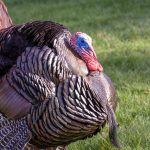
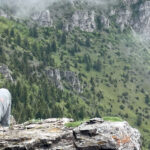
Great piece on summer planning for hunting season. Keep it up!
Thanks Bob!